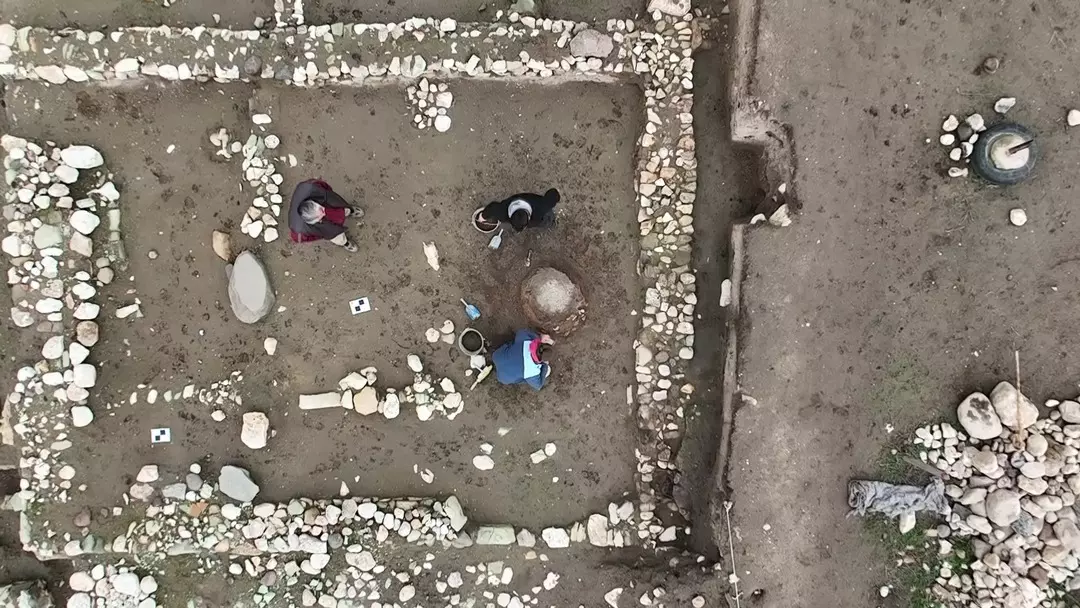In recent years, groundbreaking archaeological research at the ancient Philistine city of Gath has provided invaluable insights into Philistine religion, shedding light on their beliefs and cultural practices. Spearheaded by a team from Bar-Ilan University, led by Professors Aren Maeir and Ehud Weiss, these discoveries have significantly enriched our understanding of Philistine ceremonial rituals, particularly within the temple precincts of the lower city of Gath.
Understanding the Philistines' religious customs is essential to grasp their role in ancient history. While their origins and culture are relatively well-documented compared to other ancient civilizations, recent excavations have offered new layers of understanding.
Philistine archaeological sites exhibit distinct features, including the prevalence of pigs' bones, unique pottery styles, and non-local names inscribed in epigraphy. Moreover, advancements in genetic analysis allow modern archaeologists to differentiate Philistine DNA from that of neighboring populations.
Ancient texts, such as Egyptian inscriptions referring to them as the "people of the sea," and Biblical references to their origins from "Caphtor," likely modern-day Greece, Cyprus, or Crete, provide further context to their presence in the Levant.
The Philistines' arrival during the Iron Age coincided with the collapse of Bronze Age civilizations, leading to significant migrations across the Mediterranean. Key Philistine cities, including Gaza, Ashkelon, Ashdod, Gath (Tell Es-Safi), and Ekron, emerged as influential centers, with Gath standing out as a formidable urban hub.
Tell Qasile within the complex of Eretz-Israel Museum at Tel-Aviv - Israel (Photo: Aaron Goel-Angot)
Gath, famously associated with the biblical figure Goliath, played a crucial role in Philistine history. Excavations have unveiled its significance as a thriving city, boasting agricultural prowess, evidenced by vineyards and olive groves.
Notably, archaeological findings, such as a siege trench dating back to the 9th century B.C., corroborate biblical accounts of conflicts with neighboring kingdoms, such as Aram-Damascus.
Recent research spearheaded by Dr. Suembikya Frumin has focused on botanical discoveries within Gath's temple area, offering fresh insights into Philistine religious practices. Analysis of plant remains, including lilac chaste tree, crown daisy, and silvery scabious, reveals connections to ancient Greek religious symbolism.
Moreover, the presence of loom weights suggests parallels with the worship of the ancient Mycenaean-Greek goddess Hera, further highlighting the cultural interchange between the Philistines and broader Mediterranean traditions.
These discoveries illuminate the magical and pagan aspects of Philistine religion, distinct from the monotheistic beliefs of neighboring cultures. The research underscores the complexity of ancient religious practices in the region, enriching our understanding of the diverse tapestry of faith in the ancient Near East.
Temple offerings - miniature as well as food serving vessels, and a shell of marine mollusc, Tonna galea found in one of the temples (Photo credit: Prof. Aren Maeir)
Fruits of chaste tree in the temple - fossil fruits of the chaste tree, as found in the inner room of the temple in Tell es-Safi/Gath, lower city (Photo: Dr. Suembikya Frumin).










